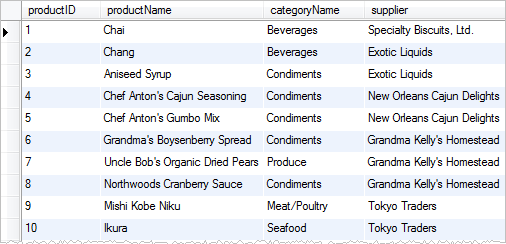Android Architecture Components : Room Persistence Library
 Room: a SQLite object mapping library
Room: a SQLite object mapping library
After many years and using countless 3rd party DAO libraries I am happy to finally introduce official Android solution to working with SQLite databases and it is called Room Persistence Library. Before we begin you can find code from this tutorial here.SQL Review
- Data is stored in tables
- Table's rows contain entities
- Table's columns contain entity's fields
- Rows can have id's (primary keys) and id's must be unique
- You can create relationships between rows in different tables by referring to other row's id (foreign key)
- Index primary key columns for performance
- Use SQL queries to find sort and filter the data from tables
What is Room?
Room is a library that uses annotations in your Java data models and your data access objects (DAO's) to generate database schema (table definitions) and SQLite queries. So you don't have to write all the SQLite queries from scratch and have logic for storing and retrieving your models from database. All you need to do is annotate your models. Pretty simple right? Lets start.
Key Components in Room

- Database: Contains data from all the entities, and stored in tables.
- Entity: Represents a class whose fields match to a database row.
- DAO: Object through which we access entities in the database.
Entities:
Annotate your model classes with @Entity annotation. Annotate the model's fields with @PrimaryKey, and fields to ignore with @Ignore annotations. All other fields are persisted in the database by default but if you want to provide extra information like specify a column name you can use the @ColumnInfo annotation.Data Access Objects (DAOs):
DAO classes let you insert, update, delete, and query the database. Annotate the DAO class with @Dao annotation. Annotate methods that add new models with @Insert annotation. Annotate methods that change existing models with @Update annotation. Annotate methods that delete existing models with @Delete annotation. And finally search for specific models with @Select annotation.
Database:
Your database class is the point of access of all the DAO's you have defined. To create a database class you must subclass RoomDatabase class and also annotate it with @Database annotation where you reference the models you wish to be stored in this database.
Notice the allowMainThreadQueries(). It is only needed if you will write to the database from main thread. This approach is not recommended.
Threading:
Room library by default does not allow database writes from main thread as this could make UI slow and jittery as file writes are relatively slow. Therefore one way to do this correctly is using AsyncTask. Define custom AsyncTask Like so:




ReplyDeletegood work done and keep update more.i like your information's and that is very much useful for readers.
Python Training in Chennai
Python Training in Velachery
Big data training in chennai
JAVA Training in Chennai
SEO training in chennai
Python Training in Chennai
Python Training in Anna Nagar